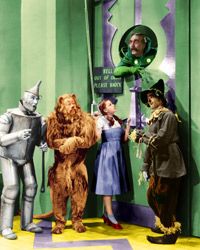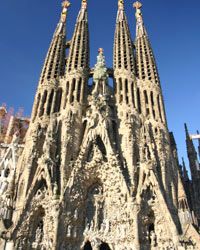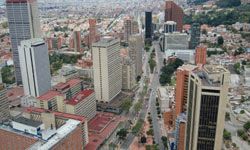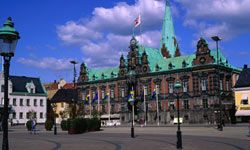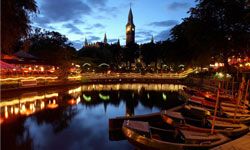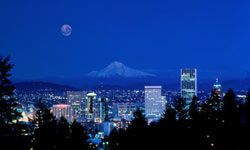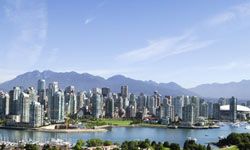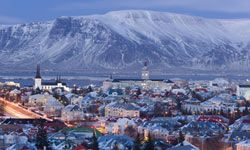While it's debatable whether Oz's Emerald City meets the criteria for being an amazing "green" city, many real cities around the world make the grade on lists compiled annually by experts. Model cities are ranked by a combination of criteria, including urban planning and environmental statistics. Experts look at energy sources, consumption and emissions, as well as transportation options and habits. Most lists also assess green living markers, such as public parks, recycling habits, green jobs, and sustainable buildings.
It's uniquely challenging for urban areas to be green. They have a high volume of people, traffic congestion, trash, and air pollution, to name just a few obstacles. Seventy-five percent of the planet's energy is consumed by the world's cities [source: ThomasNet Industrial Newsroom]. As such, green cities have to strike a balance of managing their current needs without compromising the city's (and environment's) future.
Advertisement
